Night and astro photography has little to no room for mistakes. Portraits and landscapes are often forgivable when you overexpose or underexpose by stop or two thanks to our advanced digital technologies. However, in a night photo, you want capture your image as perfect as you can, and here are some reasonings behind:
- Introduction of noise
- Loss of sharpness
- Time
Minimize your noise, maximize sharpness!
In a portrait or typical daylight landscape image, where ambient lights are plenty, image sensor captures full 14 stops of dynamic range (varies depending on camera) when using ISO 100. When you crank up ISO to 1600 or 3200, your dynamic range shrinks to about 9 stops, meaning you have little to no room to make your image brighter in post.
This is why it’s crucial for you to grab a perfect exposure. Bracketing may work if you’re doing star points like the image below, but for star trails or stacking where your entire exposure is about at least an hour, you don’t have enough time for bracketing.
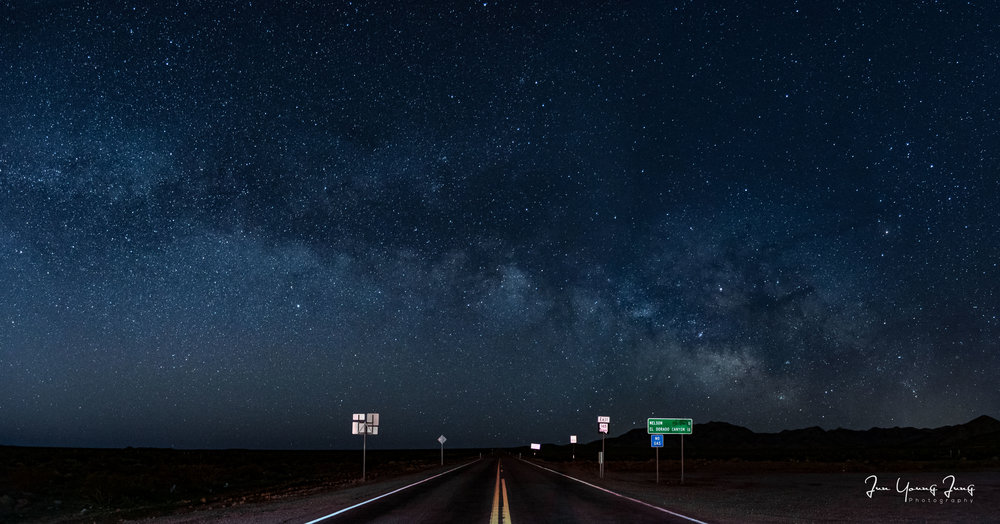
If you’re not comfortable making the perfect exposure, my recommendation is shoot about third stop brighter. The only issue here is you may not capture a very dim star, but it’s hardly noticeable unless you’re shooting for scientific research.
When you’re doing 15+ second long exposure, you have both high ISO noise AND long exposure noise. Shooting slightly brighter ables you to always darken it in the post without losing any details or sharpness in progress, and sometimes you may experience lesser noise. However, when you’re making things brighter in post from dark images, you’re introducing massive amount of noise, and you lose sharpness due to digital noise you just added.
Plan ahead and get used to the location!
Time for night and astro photography is always limited, especially if you have specific constellation or star you want to photograph. If you can, do a quick tour of the location so you know what you’re running into, or go to the same place multiple times so you can try out many different things. Plan out your exposure, composition, and learn the weather. Here are some preparation I do before going out.
- Check moon phase and illumination.
- Check moon rise/set time.
- Study your location
- Sketch out composition or ideas.
- Write down exposure for that night (only applicable for moonlight landscape).
This simple 5 step process will allow you to be more comfortable and confident during the shoot, and you will experience a lot less mistakes during the actual shooting. Here are my example.
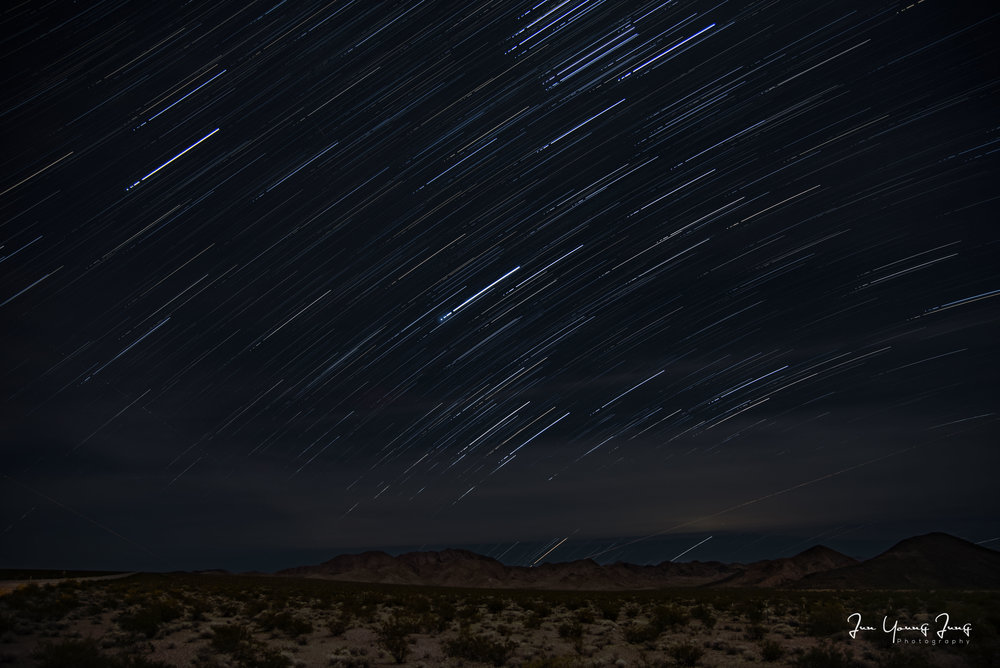


First time I came here, I wasn’t really prepared for composition, so I just focused on getting the star trail. Star trail is nice, but there is no compositional value in the image, making it fairly weak. 2nd visit, Vegas had series of rain storm, and stars were not visible. Instead, I took the advantage of the full moon and did moonlight landscape. The actual exposure was a stop dark, so I had to raise it in post. There were some additional noise, but I captured at ISO 200, so not too much of additional noise. 3rd visit, clear sky, no moon. Super dark and I was comfortable with the location. I light painted the foreground, waited for an hour, and boom, gorgeous star trail image with proper composition.
Don’t be afraid of weather, get creative!
Weather will always go south on you, and don’t be disappointed. Instead, get creative and challenge yourself. This is the time for you to truly test yourself. What can you create in a crappy weather? If you see few stars through the clouds, how can you photograph it? Get creative, use the resources around you, and test your intuition.


Thank you for visiting my blog, and I will come back with more technical night photography guide when I come back from Zion trip, and like always, I will see you in the next one!

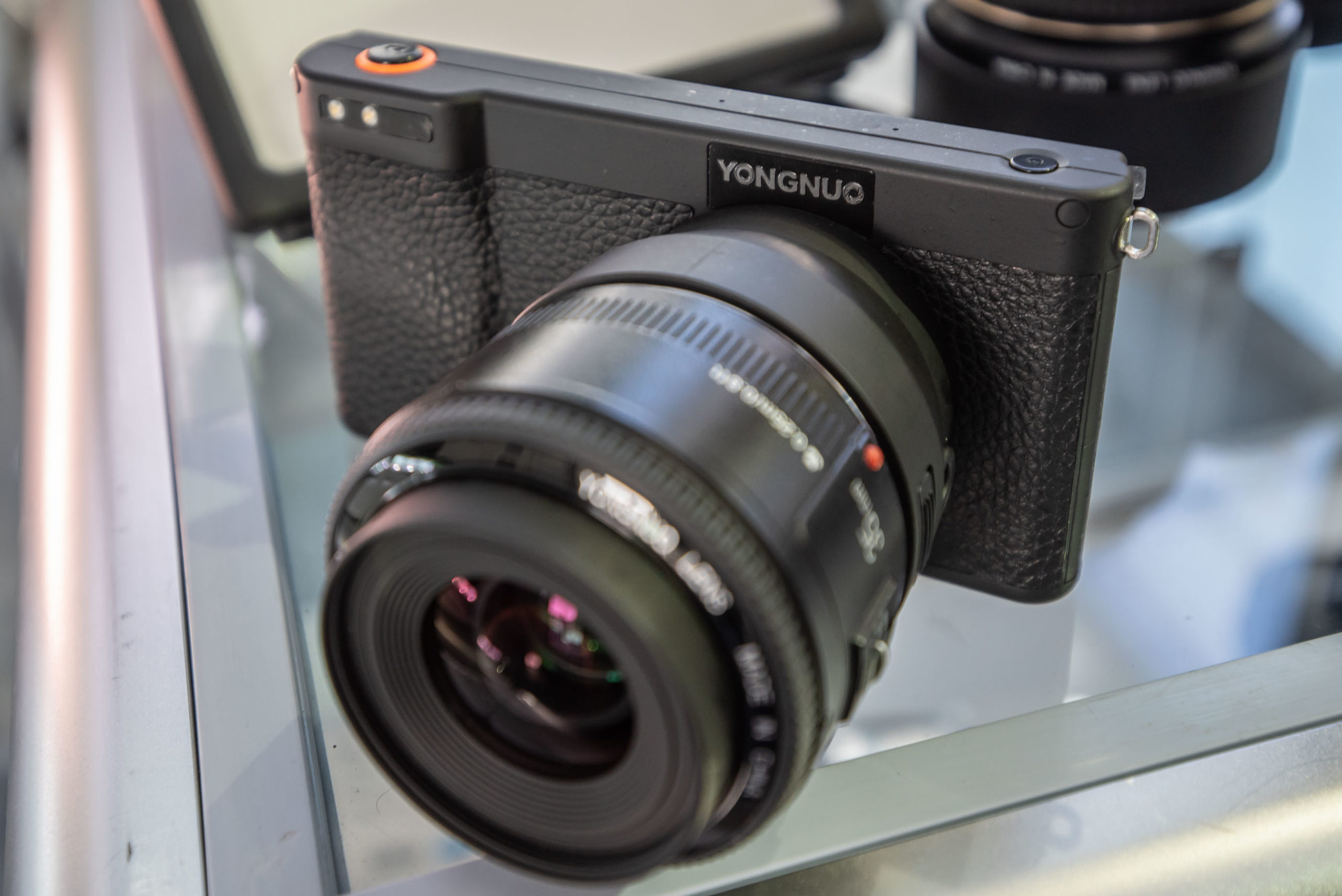
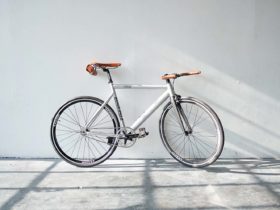
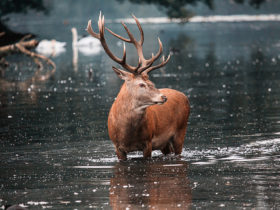
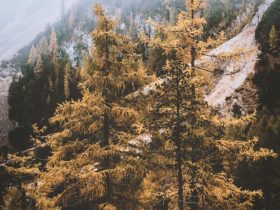
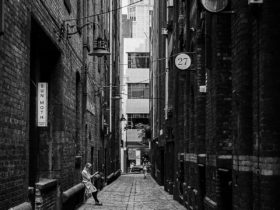
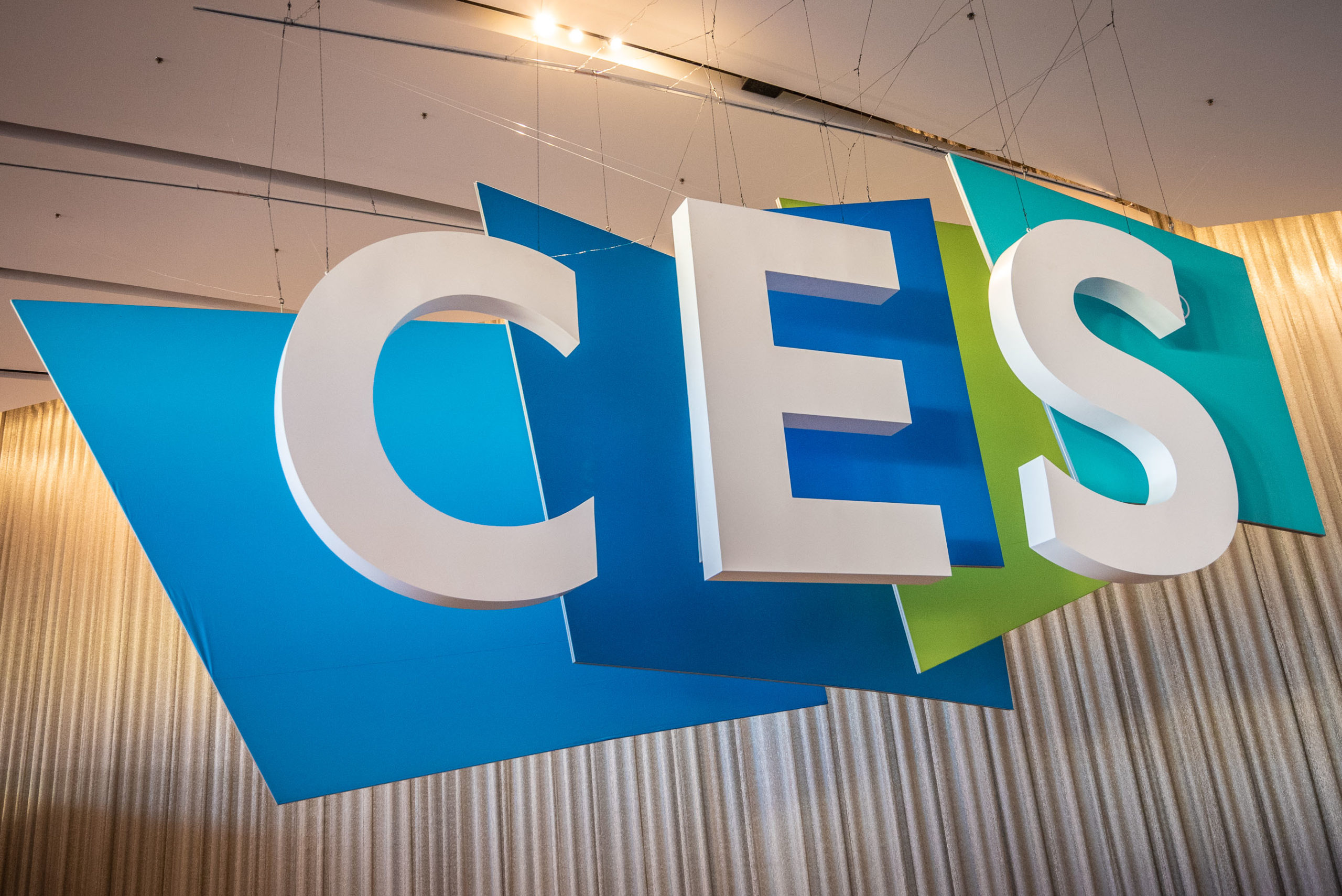
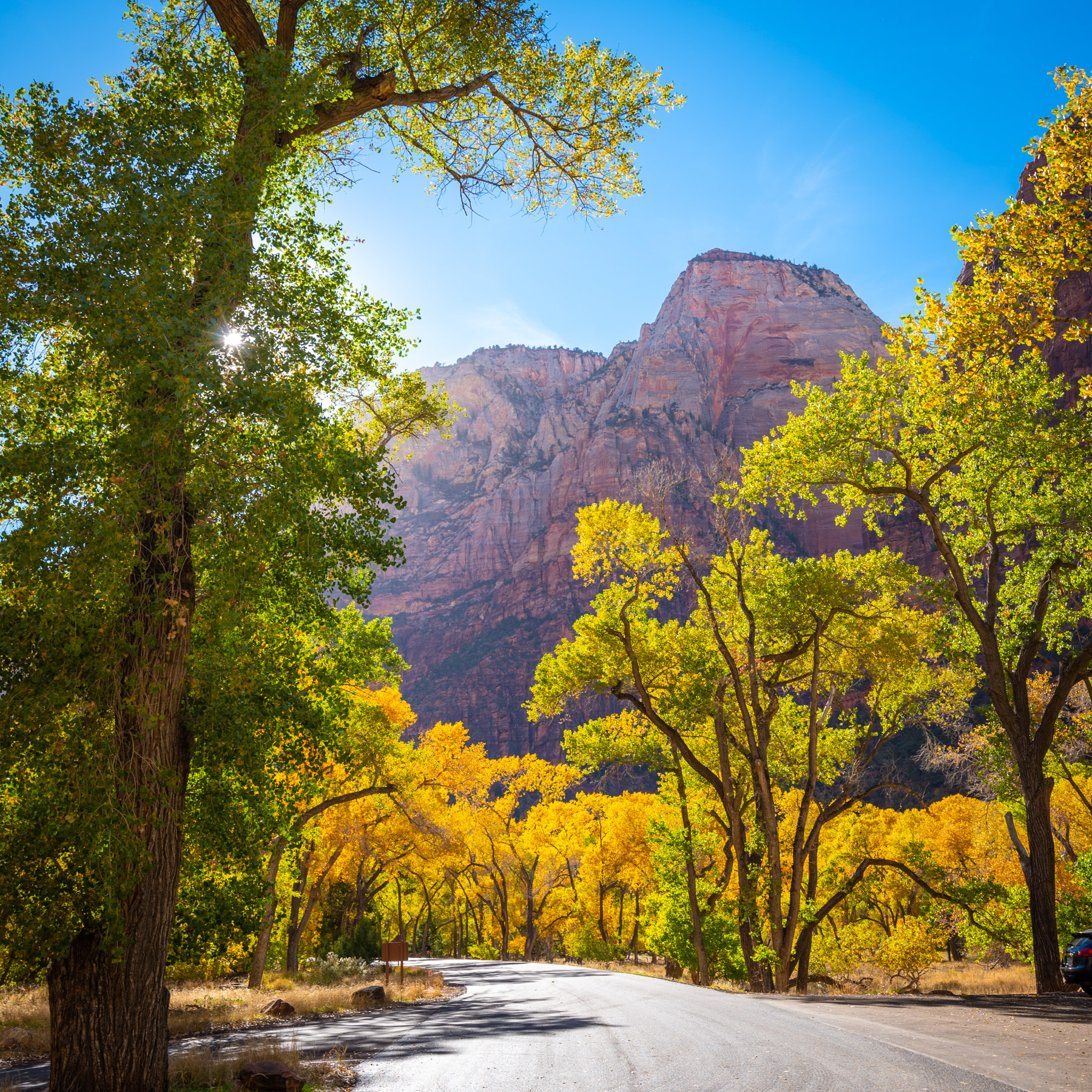
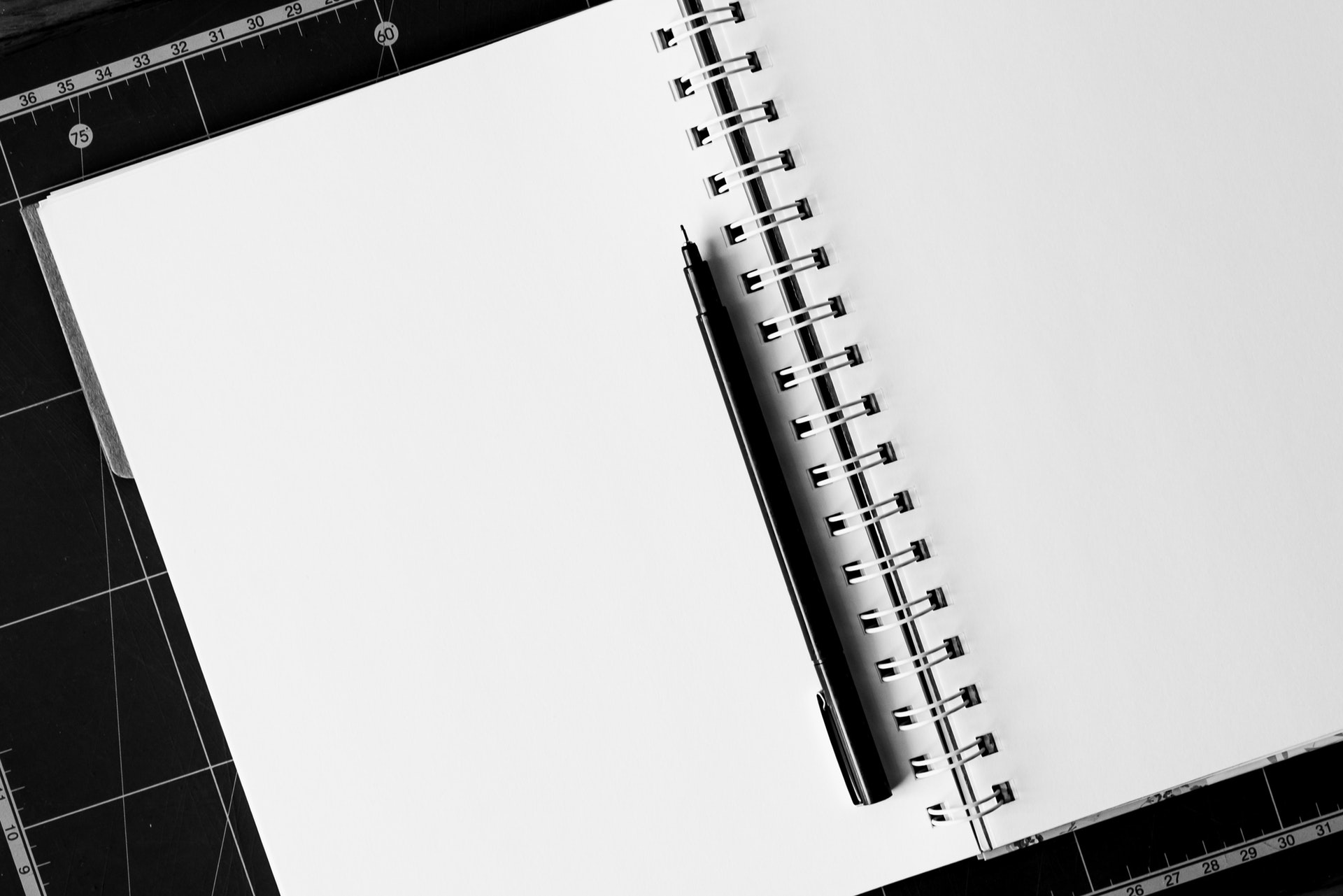
Leave a Reply